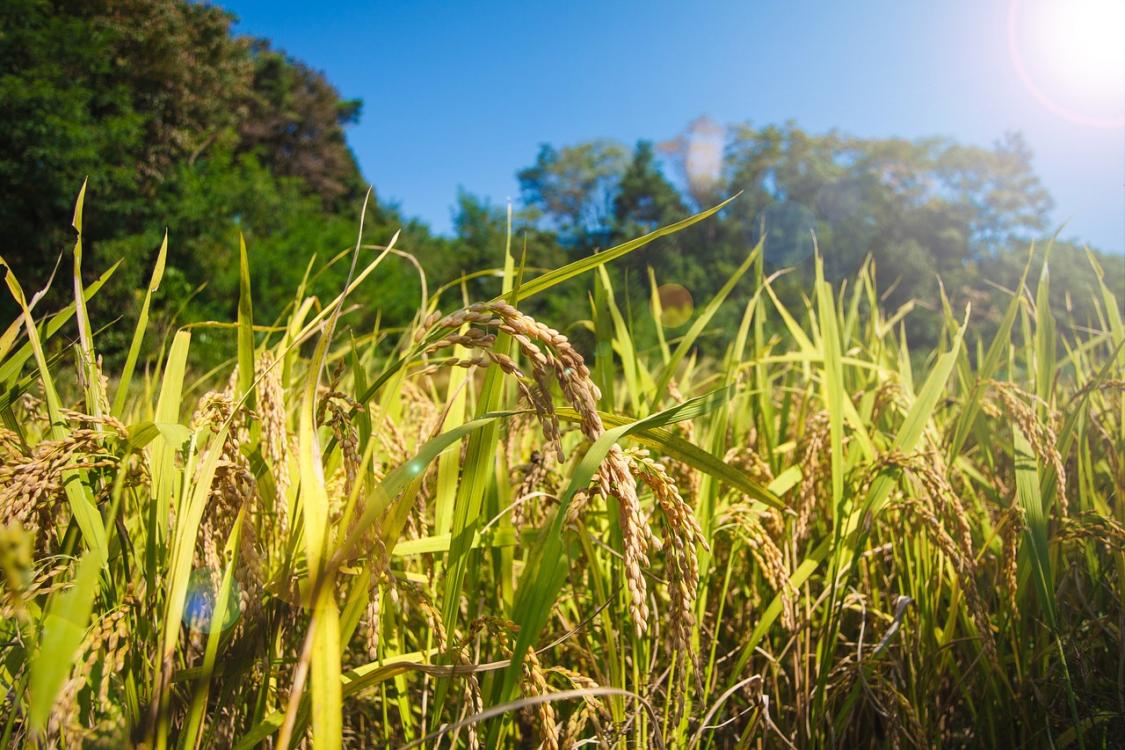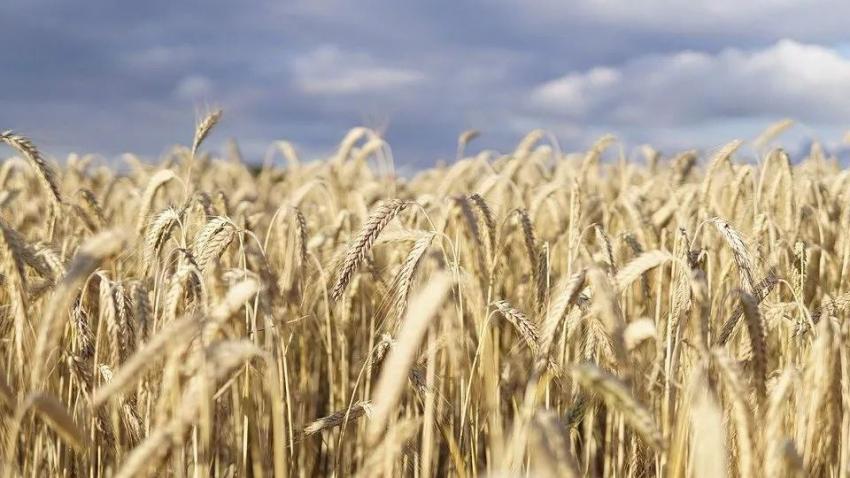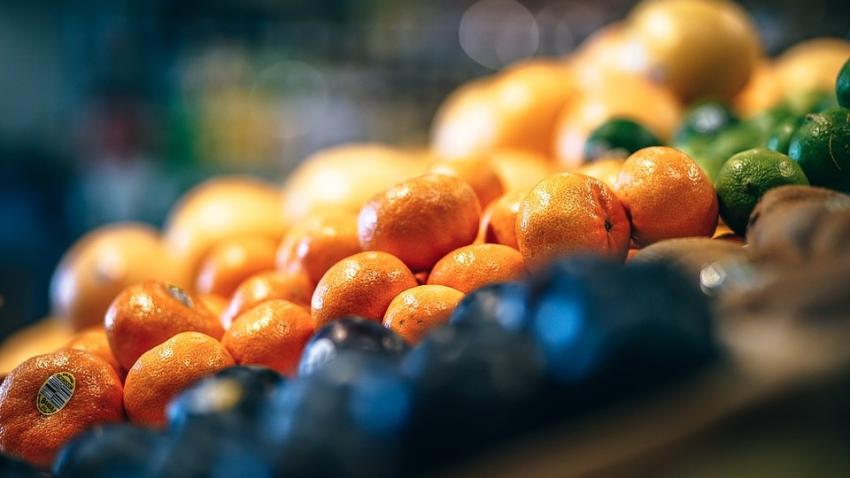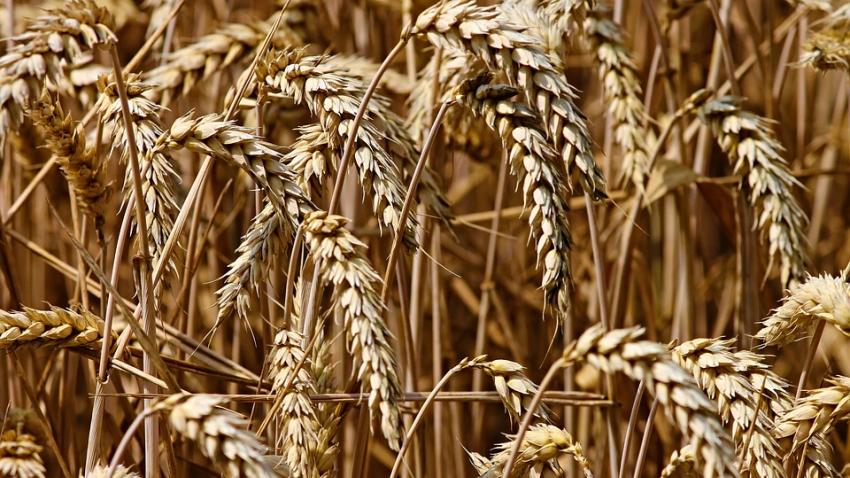You are here
Back to topGeopolitical Tensions, Rice and Wheat

Last month, the U.S. Department of Agriculture’s Foreign Agricultural Service released its Grain and Feed Update for the People’s Republic of China, which contained valuable information regarding the current state of rice, wheat and other grains in China. With the COVID-19 pandemic raging abroad and rising geopolitical tensions with neighbors at home, many Chinese consumers have been anxiously watching the prices of rice and wheat for marketing year 2020/21. Luckily, these two commodities have remained relatively stable, unlike corn, which jumped from less than 1,800 Chinese yuan ($280) per metric ton at the beginning of 2020 to more than 2,400 yuan ($370) per metric ton in December.
On Sept. 14, 2020, China’s National Development and Reform Commission announced that the tariff rate quotas for wheat, corn and rice would remain unchanged from last year. According to the Food and Agriculture Organization of the United Nations, the Chinese government charges high import duties to protect domestic suppliers. Before the quotas are met, imports are only subject to a 1% duty, whereas they are hit with a 65% duty beyond the quota amount. The tariff rate quotas will remain at 5.3 and 9.6 million metric tons for rice and wheat, respectively.
Rice Imports and Exports
The first-ever sale of U.S.-produced rice to China took place on July 3, 2019. However, no U.S. rice has been purchased by Chinese buyers throughout MY 2020/21. The Texas Farm Bureau reported that China pledged in phase one of the U.S.–China Economic and Trade Agreement to start purchasing U.S. rice, but no transactions have since been finalized. Some speculate that the deal brokered in 2019 was merely a gesture of goodwill, although many U.S. rice growers remain optimistic for the future.
Sino-Indian relations were heavily tested throughout 2020. Nevertheless, history was made when traders agreed to import Indian rice to China for the first time in over 30 years. In this deal, 100,000 metric tons of Indian broken rice were contracted to arrive between December 2020 and February 2021 for use as animal feed. As rice imports from other southeastern neighbors slow, China has been forced to look elsewhere to source this critical grain. Milled rice production is forecast at 148.3 million metric tons for MY 2020/21, while consumption is estimated to hit 152 million metric tons.
Wheat Uncertainties
As the size of China’s middle class grows, ever more consumers have sufficient disposable income to splash out on Western luxury goods. This includes Western-style baked goods, for which China is the second-largest retail market, trailing only the U.S. According to the USDA, the appetite for Western-style pastries is rapidly growing among Chinese consumers, especially younger women. Euromonitor International forecasts that Chinese retail sales of baked goods will reach $53 billion (340 billion yuan) by 2025, a 53% increase.
However, high-end Chinese bakers are anxious about their supplies of low-gluten wheat as tensions between Australia and China intensify. Although Australia’s high-quality, low-gluten wheat will be difficult to replace, Chinese buyers have begun to search for alternative suppliers. Additionally, many dried and processed fruits, such as blueberries, cranberries and tart cherries are used as ingredients in the Chinese bakery sector. The supply chains for these produce items have been laid bare by the COVID-19 pandemic, exposing potential pain points for the baking industry. Owing to this decreased industrial use, the USDA forecast for wheat consumption is down 3 million metric tons to 132 million metric tons. Meanwhile, imports of wheat are estimated to reach 8.5 million metric tons in MY 2020/21.
Image: Pixabay














Add new comment